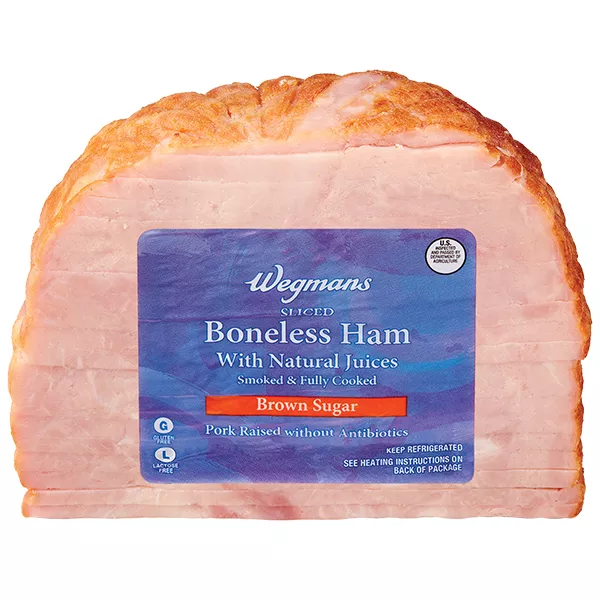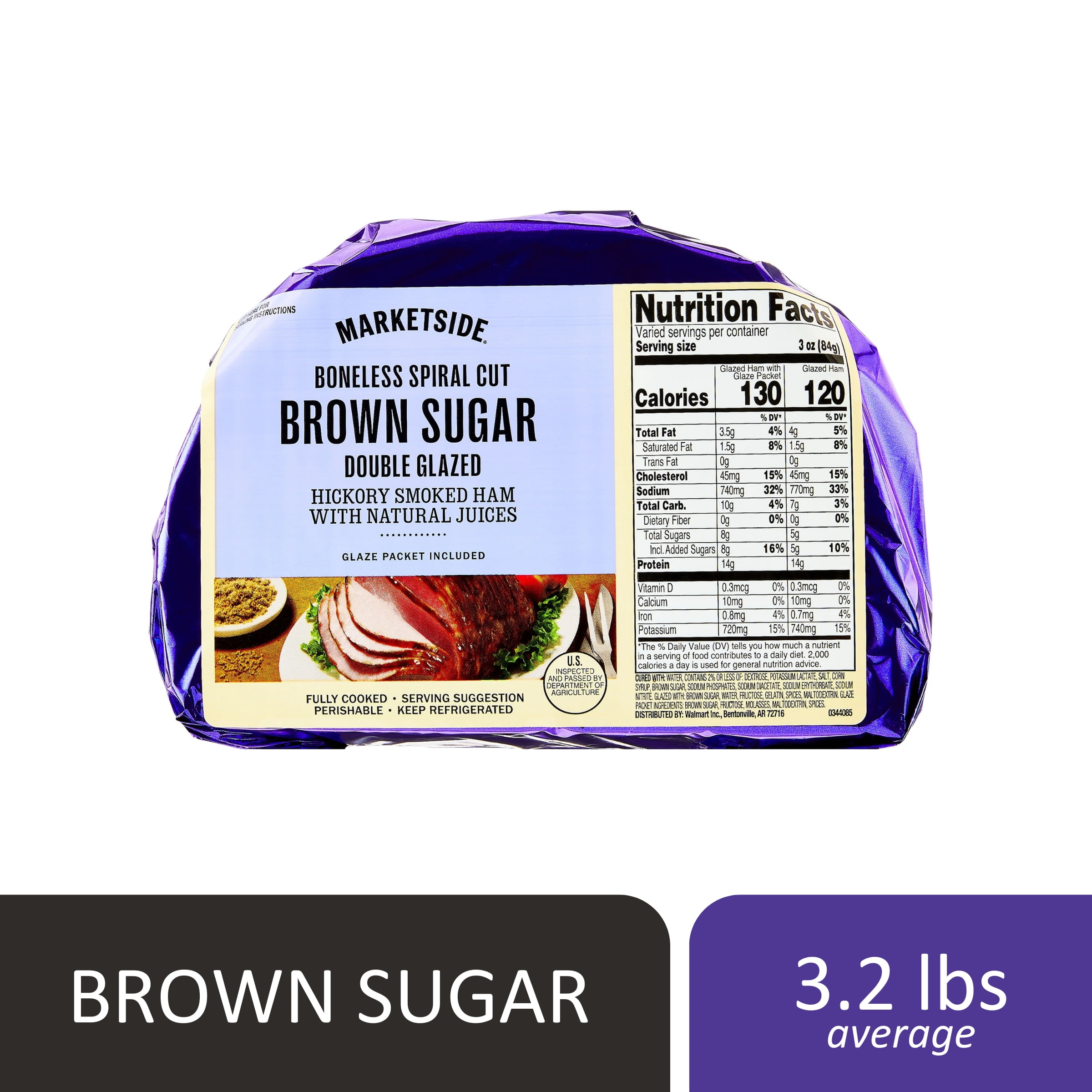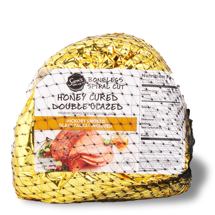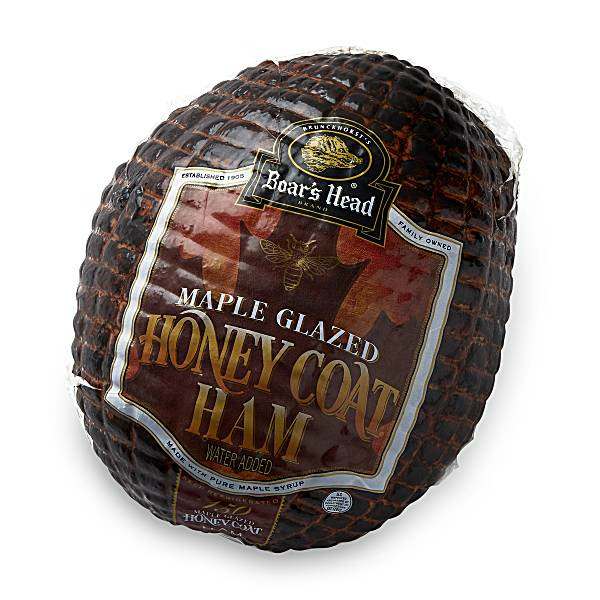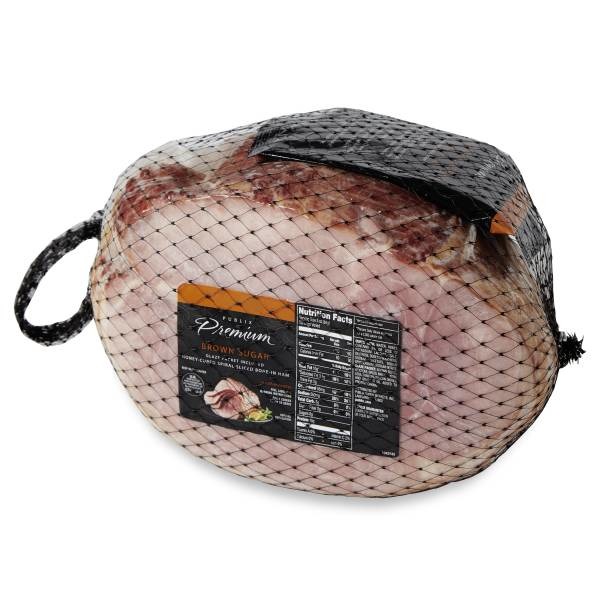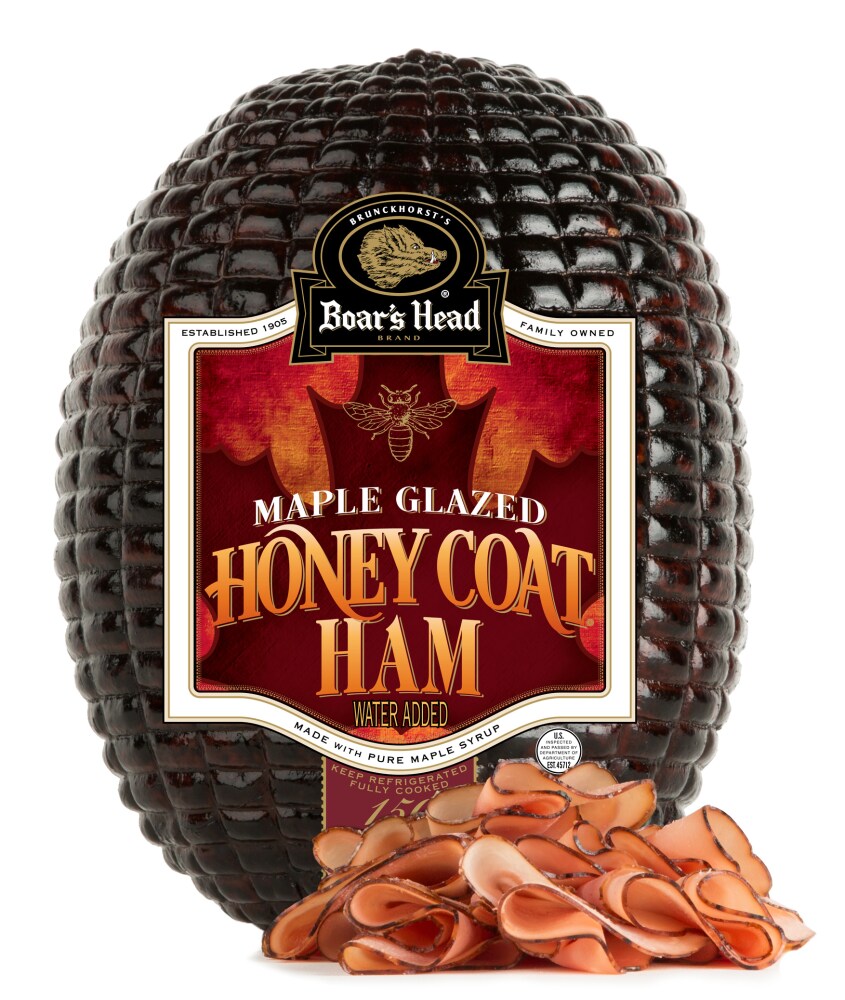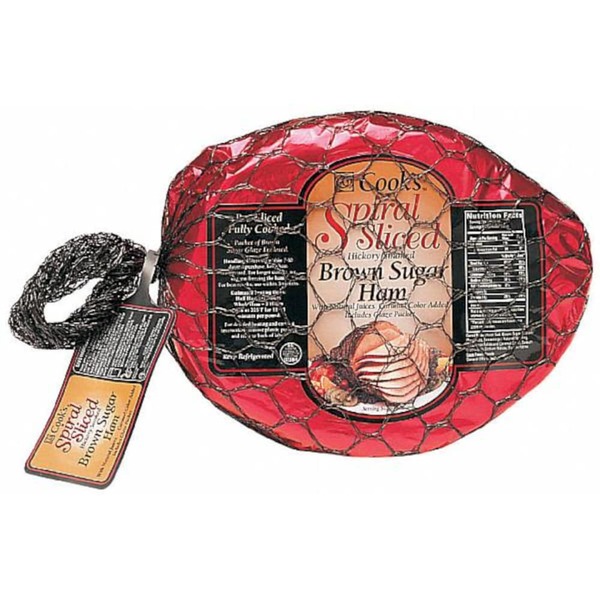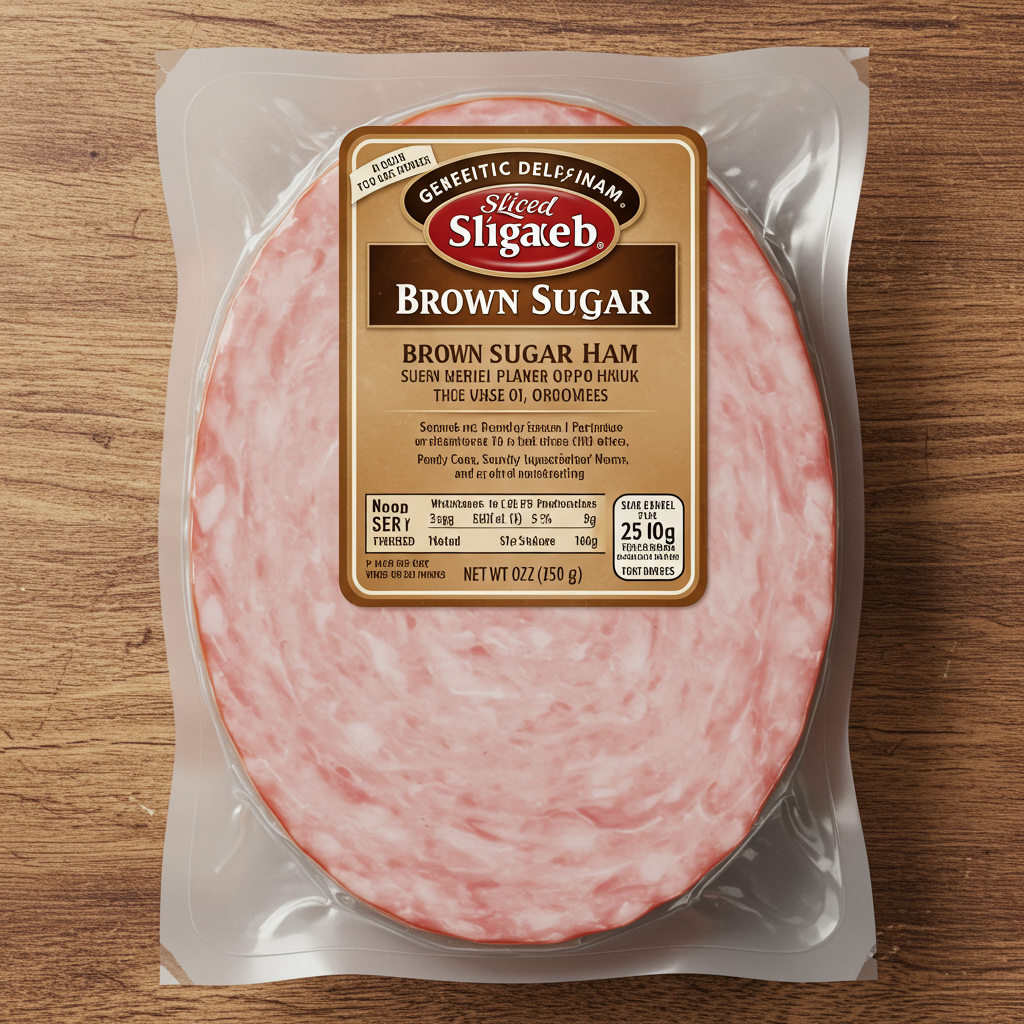Glazed Ham
Delight your taste buds with the classic, savory taste of Glazed Ham. This rich, tender meat is seasoned with a unique blend of spices and slow-cooked to perfection, locking in a delectable wealth of flavor. The added glazed top layer enhances its natural flavors, resulting in a mouth-watering, sweet and salty finish.
Ideal for festive and formal dinners, a glazed ham serves as a wonderful centerpiece for your table. It pairs well with a variety of side dishes, from mashed potatoes to freshly steamed vegetables, making it a versatile choice for meals. This delicious product will certainly make any feast unforgettable.
19%
CARBS
27%
FAT
54%
PROTEIN
109 Glazed Ham Products
Wegmans Sliced Boneless Brown Sugar Ham, Raised without Antibiotics
Sam's Choice Smoked Double Glazed Brown Sugar Spiral Sliced Ham, 2.5
Sam's Choice Spiral Cut, Honey Cured, Double Glazed Premium Smoked Ham
Bavarian Style Ham
Boar's Head Maple Glazed Honey Coat® Ham
Kroger® Spiral Brown Sugar Half Ham Limit 1 per Order
Publix Premium Spiral-Sliced Ham, Half,Brown Sugar Glaze Packet,Fully Cooked
Boar's Head Maple Glazed Honey Coat Ham
Cook's Half Brown Sugar Glazed Spiral Ham
Sam's Choice Boneless Glazed Brown Sugar Spiral Cut Ham
Glazed Ham Is Frequently Used With
Glazed Ham FAQ
Cooking glazed ham at home can seem like a daunting task, especially for beginners. Yet, it's one of those grand recipes that's unarguably a crowd-pleaser, often reserved for special occasions or holiday dinners. Most common questions and concerns surround preparation techniques, achieving the perfect glaze, and managing cooking times. People may stumble over how long to cook the ham, when to apply the glaze, or the appropriate internal temperature for safe consumption. The secret to getting the most out of your glazed ham lies in choosing a good-quality ham, simmering it to impart flavors, and preparing a glaze that beautifully complements the ham's savory taste. Remember, creating a diamond pattern on the ham allows the glaze to penetrate deeper, leading to more flavor. Let's see how to avoid the common pitfalls people encounter while making glazed ham.
How can I make the perfect glaze for my ham?
Do I need to score my ham before glazing?
How do I ensure even cooking?
What is the ideal internal temperature for my glazed ham?
Should I cover my ham while cooking?
Can I use the pan drippings?
What can I serve with glazed ham?
Can I make the glaze in advance?
Can I use any ham?
How long do I need to glaze the ham?
Substitutes
Health Info
Macros
5g
CARBS
7g
FAT
14g
PROTEIN
Allowed on these diets
LOW FAT
HIGH CALCIUM
GLUTEN FREE
Contains these allergens
MILK

